Back Packing Trip October 14-19, 2014
Route
Start at Rogers Canyon Trail Head (1pm 10/14/2014)
Proposed route follows Rogers Canyon to Fish Creek Canyon. Route is downstream all the way. Proposed Route Map.
End at Apache Trail Road bridge over Fish Creek (9am 10/19/2014)
Change in elevation 2600 feet 792M (Start: 4800ft, End: 2200ft)
Participants
- Grant Harrell
- John Harrell
Activities
- Hiking
- Gold Panning
- Canyoneering
- Site seeing
- Service Project
- Campfires
Group Equipment
- Stove
- Fuel
- Tent
- H2O Purification
- 8mm Rope
- Cooking Pot
- First aid Kit
Personal Equipment
Menu
Goal 5000 Cal per Day (Calc Calories)
- Tuesday
- Wednesday
- Breakfast
- Oat Meal
- Hot Cocoa
- Coffee
- Lunch
- Trail mix
- dried fruit
- drink mix
- Pita Bread
- Penut Butter
- Dinner
- Thursday
- Breakfast
- Oat Meal
- Hot Cocoa
- Coffee
- Lunch
- Tortilla
- Chicken
- Salsa
- Dried Fruit
- Dinner
- Friday
- Breakfast
- Oat Meal
- Hot Cocoa
- Coffee
- Lunch
- Trail mix
- dried fruit
- drink mix
- Pita Bread
- Penut Butter
- Dinner
- Saturday
- Breakfast
- Oat Meal
- Hot Cocoa
- Coffee
- Lunch
- Trail mix
- dried fruit
- drink mix
- Pita Bread
- Penut Butter
- Dinner
Support
Eb will pick us up at PHX and drive us to trail head stopping as store for last minute supplies.
Eb will have the following supplies:
- 2 sig bottles of fuel
- Extra fuel
- 4 gallons of fresh water
1978 Trip Pictures
36 years ago when I was 20 years old I went on a short backpacking trip with my father and his friend up Fish Creek Canyon. Dad was 48 years old. Now 36 years later I will be backpacking with my oldest son through much of the same territory. Below are pictures of the 1978 trip.
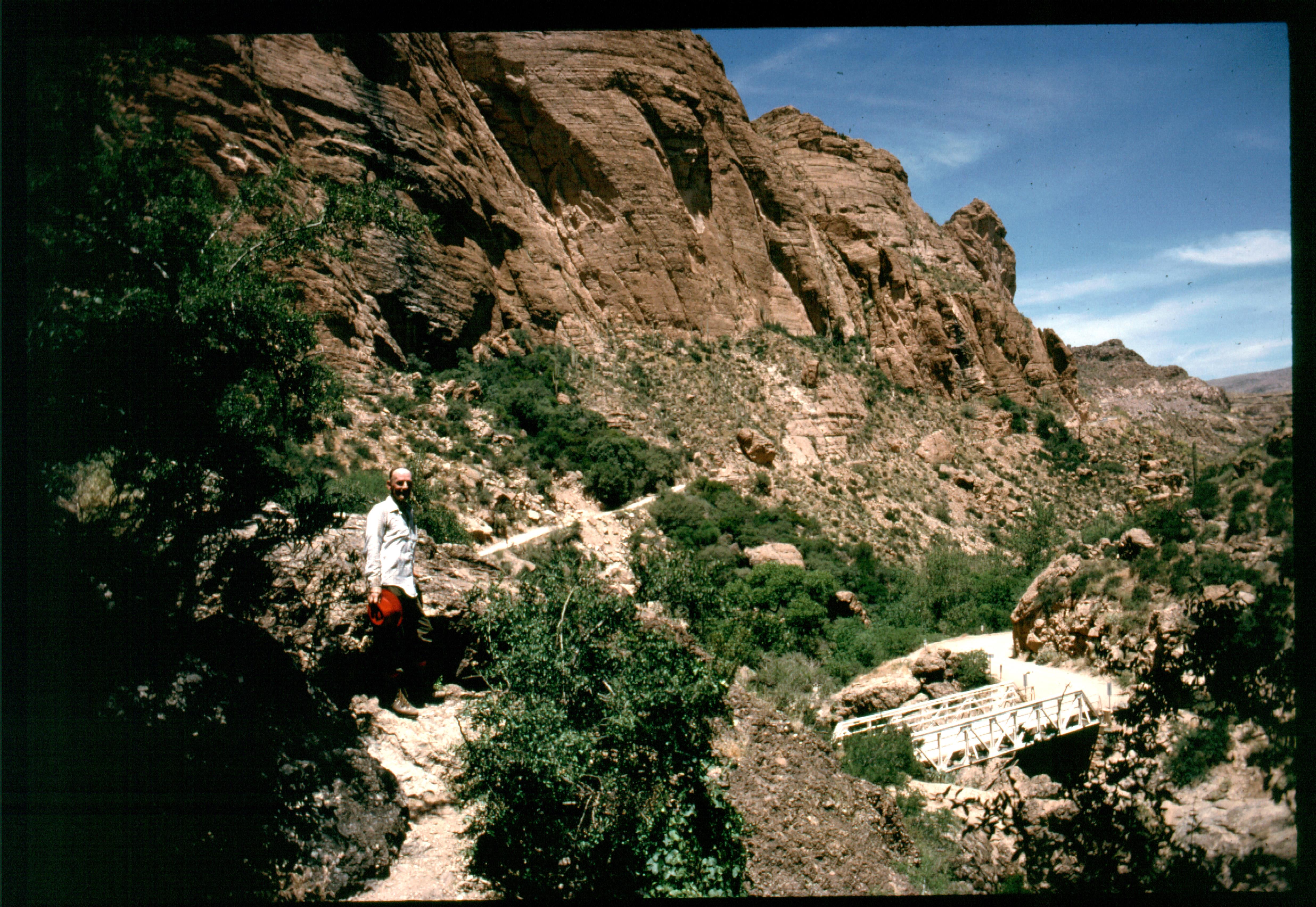
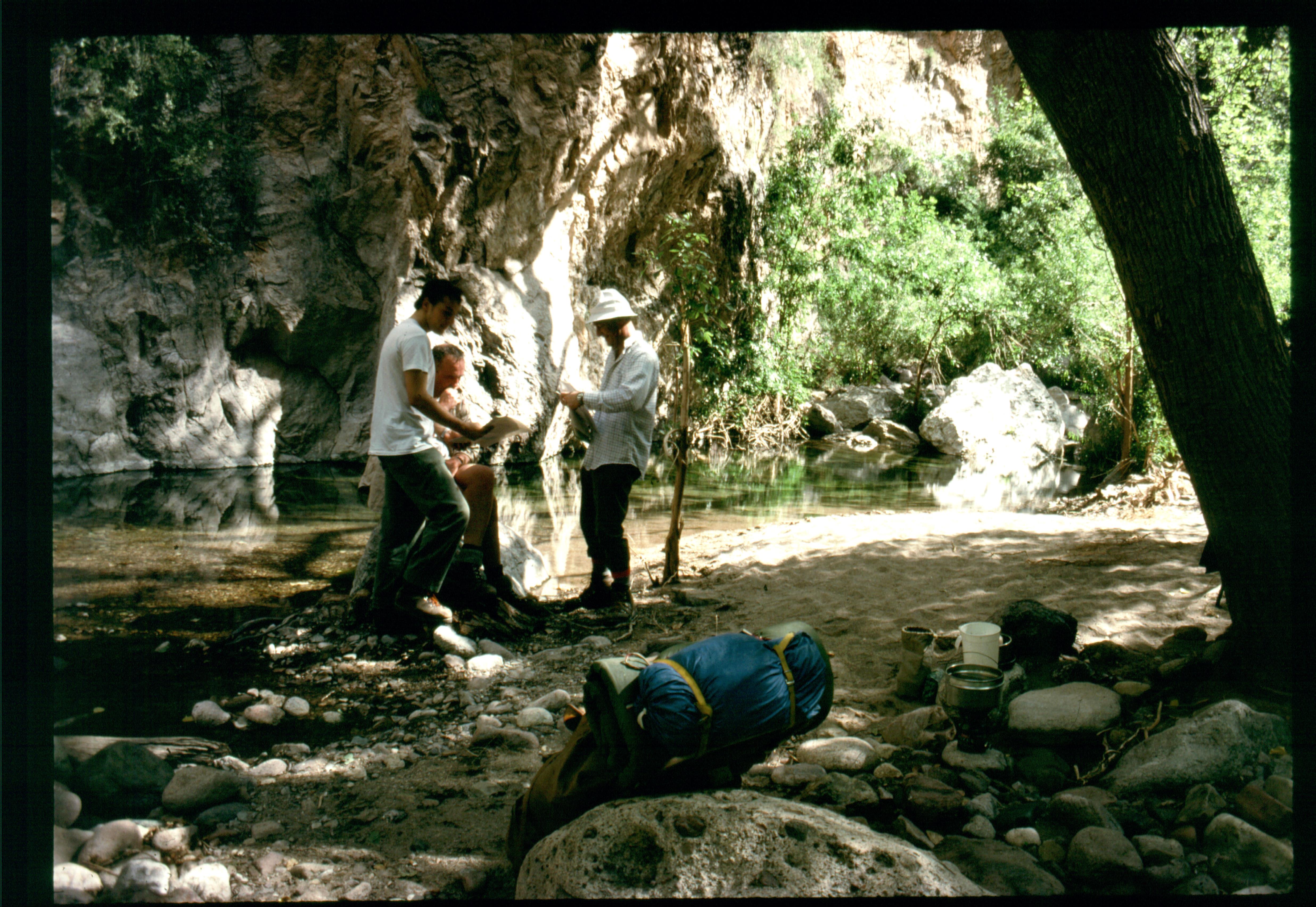
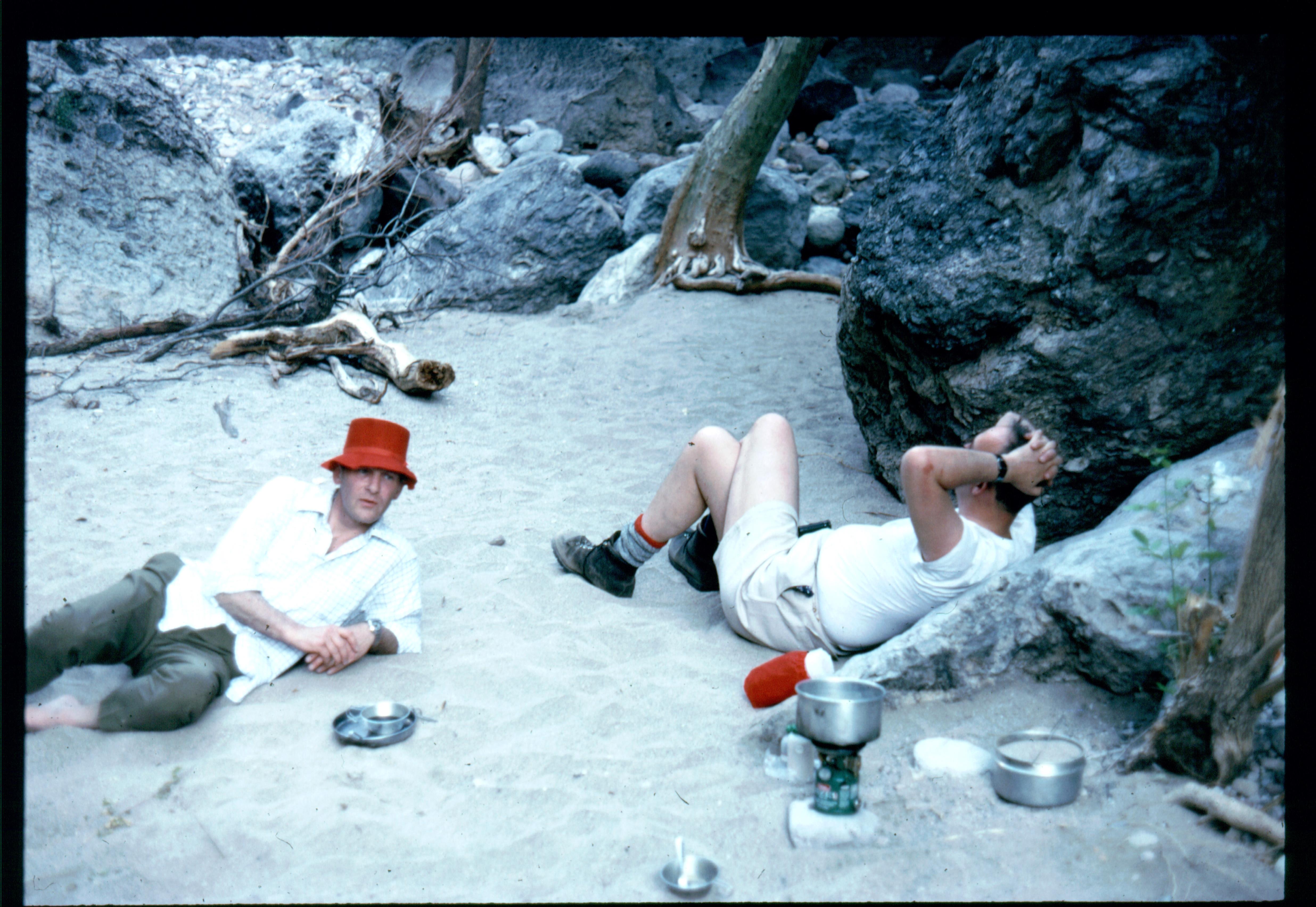
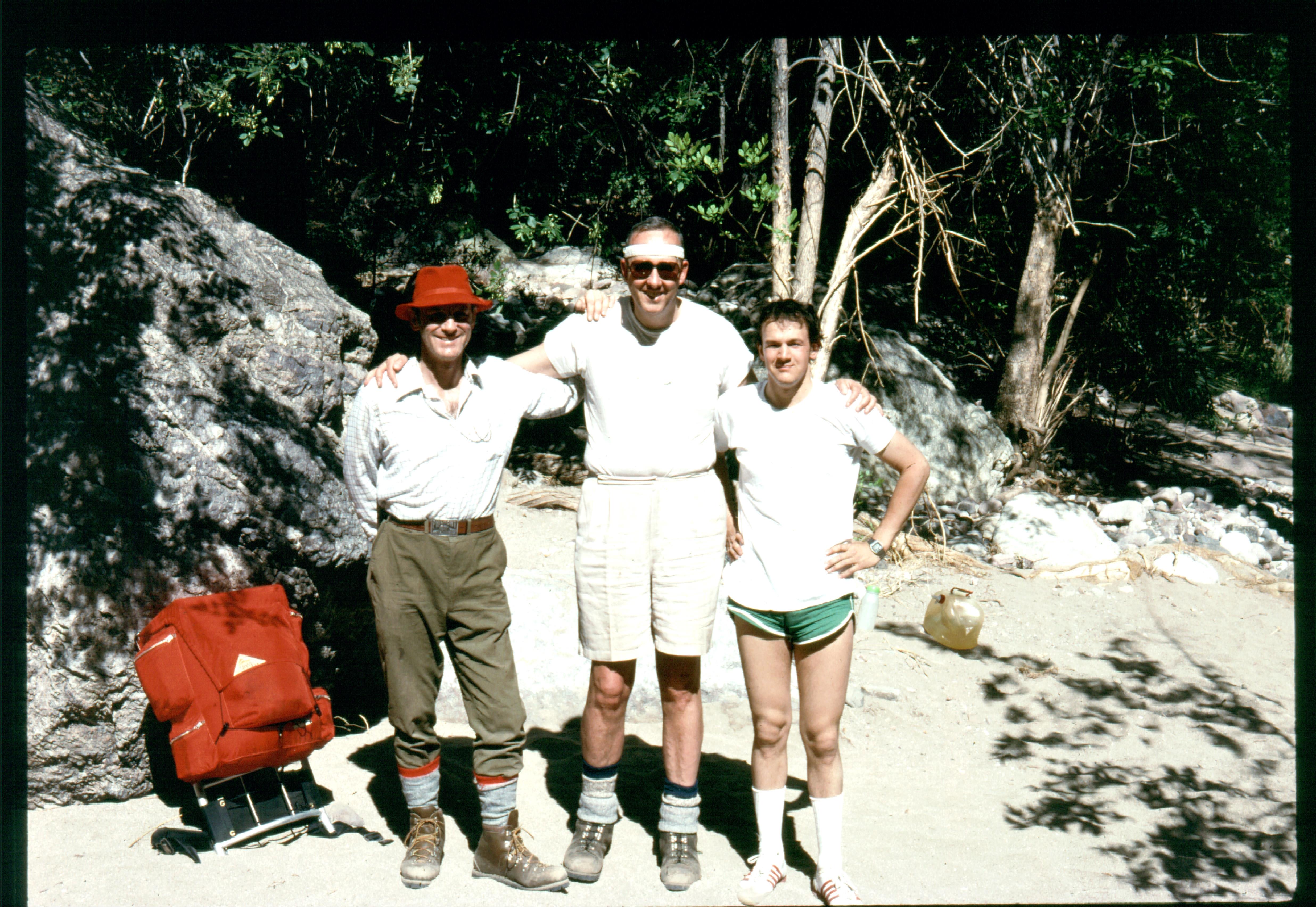
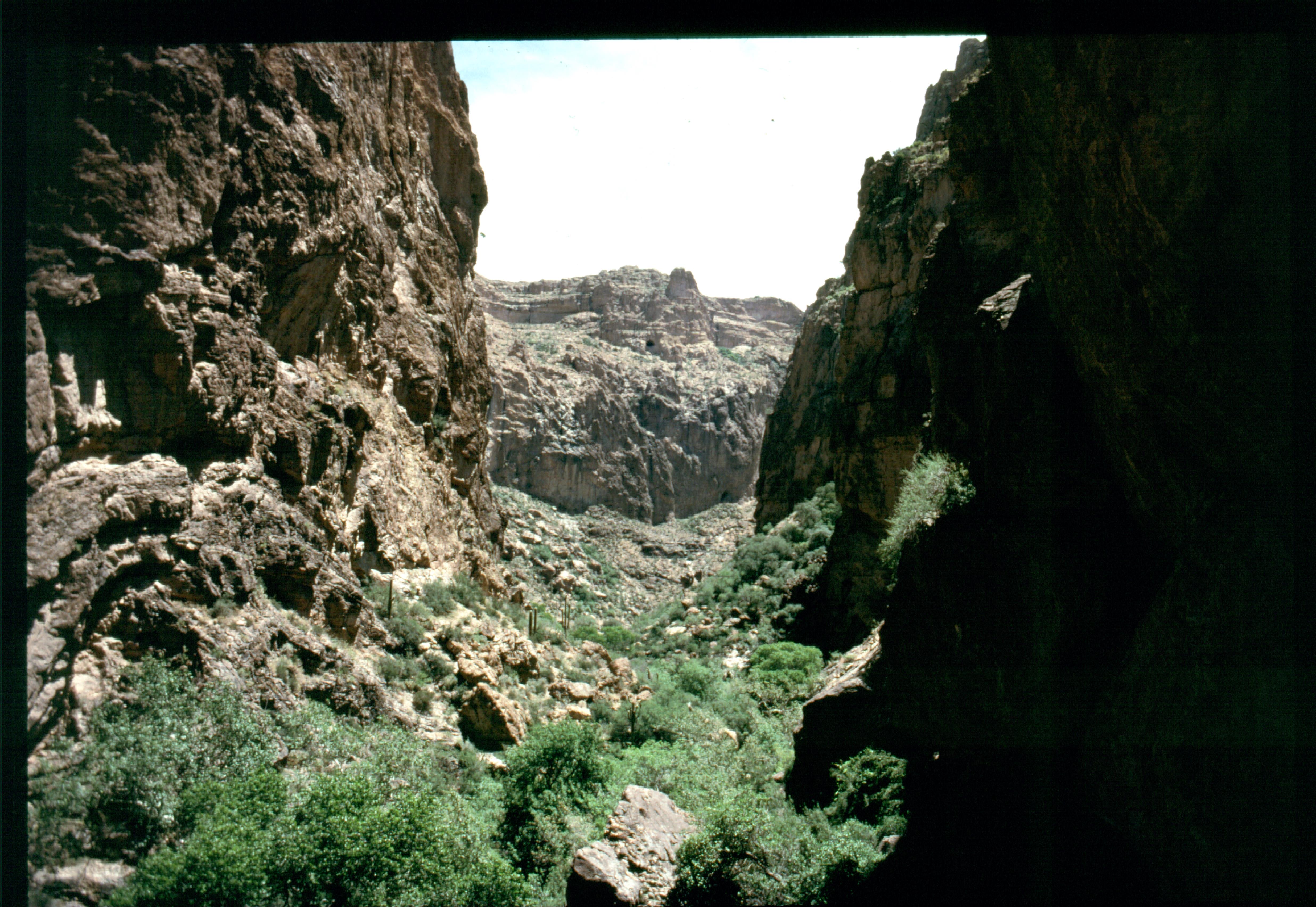
Merit Badge Requirements
- Discuss the prevention of and treatment for the health concerns that could occur while backpacking, including hypothermia, heat reactions, frostbite, dehydration, insect stings, tick bites, snakebite, and blisters.
- Do the following:
- a. List 10 items that are essential to be carried on any backpacking trek and explain why each item is necessary.
- b. Describe 10 ways you can limit the weight and bulk to be carried in your pack without jeopardizing your health or safety.
- Do the following:
- a. Define limits on the number of backpackers appropriate for a trek crew.
- b. Describe how a trek crew should be organized.
- c. Tell how you would minimize risk on a backpacking trek.
- Do the following:
- a. Describe the importance of using Leave No Trace principles while backpacking, and at least five ways you can lessen the crew’s impact on the environment.
- b. Describe proper methods of handling human and other wastes while on a backpacking trek. Describe the importance of and means to assure personal cleanliness while on a backpacking trek.
- c. Tell what factors are important in choosing a campsite.
- Do the following:
- a. Demonstrate two ways to treat water and tell why water treatment is essential.
- b. Explain to your counselor the importance of staying well hydrated during a trek.
- Do the following:
- a. Demonstrate that you can read topographic maps.
- b. While on a trek, use a map and compass to establish your position on the ground at least three times at three different places, OR use a GPS receiver to establish your position on a topographic map and on the ground at least three times at three different places.
- c. Explain how to stay found, and what to do if you get lost.
- Tell how to prepare properly for and deal with inclement weather.
- Do the following:
- a. Explain the advantages and disadvantages of three different types of backpacking stoves using at least three different types of fuel.
- b. Demonstrate that you know how to operate a backpacking stove safely and to handle liquid fuel safely.
- c. Prepare at least three meals using a stove and fuel you can carry in a backpack.
- d. Demonstrate that you know how to keep cooking and eating gear clean and sanitary and that you practice proper methods for food storage while on a backpacking trek.
- Do the following:
- a. Write a plan for a patrol backpacking hike that includes a time control plan.
- b. Show that you know how to properly pack your personal gear and your share of the crew’s gear and food.
- c. Show you can properly shoulder your pack and adjust it for proper wear.
- d. Conduct a prehike inspection of the patrol and its equipment.
- e. While carrying your pack, complete a hike of at least 2 miles.
- Using Leave No Trace principles, participate in at least three backpacking treks of at least three days each and at least 15 miles each, and using at least two different campsites on each trek. Carry everything you will need throughout the trek.
- Do the following:
- a. Write a plan for a backpacking trek of at least five days using at least three different campsites and covering at least 30 miles. Your plan must include a description of and route to the trek area, a schedule (including a daily schedule), a list of food and equipment needs, a safety and emergency plan, and a budget.
- b. Using Leave No Trace principles, take the trek planned and, while on the trek, complete at least one service project approved by your merit badge counselor.
- c. Keep a daily journal during the trek that includes a day-by-day description of you activities, including notes about what worked well and thoughts about improvements that could be made for the next trek.




